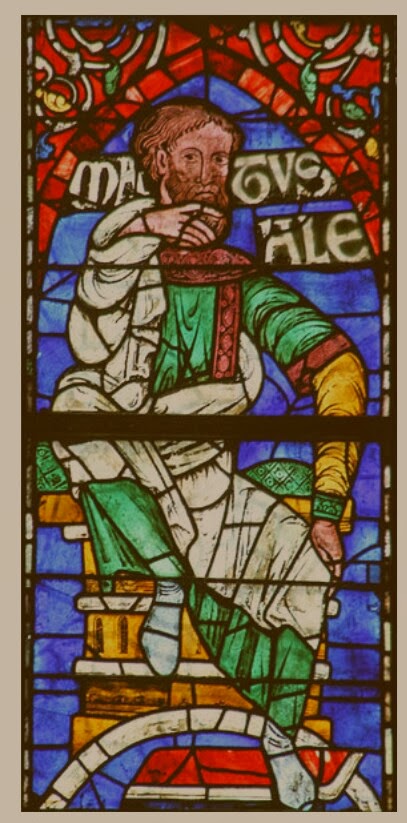Nice little paragraph, pure conjecture of course, written by A. Judson Quimby, who attributed his good health, despite his career in rontgenology(the use of X-rays), to the use of iodine. More from him here
Could we be daring enough to give an additional reason other than the numerous ones suggested as to why mankind has had his life-cycle reduced to the prescribed three score and ten? Permit us to propose that those who lived to the great age of Methuselah and others perhaps lived in an environment or a land the soil of which contained an uncommonly high proportion of iodine. Perhaps this may have even been the famed Atlantis, recently thought to be beneath the Pacific Ocean, and perhaps this land contains great salt deposits rich in iodine, used by the men of that day.
Text source: "Pamphlets on Protozoology", (Kofoid Collection),1906
pamphlets on Protozoology
A very strange little gem. Part of it consists of writings and images of protozoa, written in German. And then there are writings by A. Judson Quimby, on iodine. hmmmm.....
 |
| Methuselah, image source, wiki commons |
Could we be daring enough to give an additional reason other than the numerous ones suggested as to why mankind has had his life-cycle reduced to the prescribed three score and ten? Permit us to propose that those who lived to the great age of Methuselah and others perhaps lived in an environment or a land the soil of which contained an uncommonly high proportion of iodine. Perhaps this may have even been the famed Atlantis, recently thought to be beneath the Pacific Ocean, and perhaps this land contains great salt deposits rich in iodine, used by the men of that day.
 |
| Map of Atlantis, 1669 |
pamphlets on Protozoology
A very strange little gem. Part of it consists of writings and images of protozoa, written in German. And then there are writings by A. Judson Quimby, on iodine. hmmmm.....















